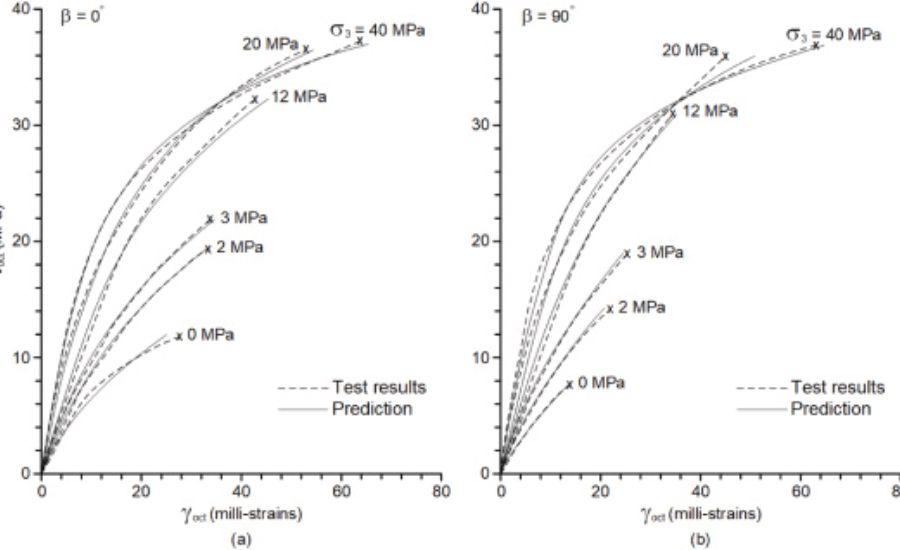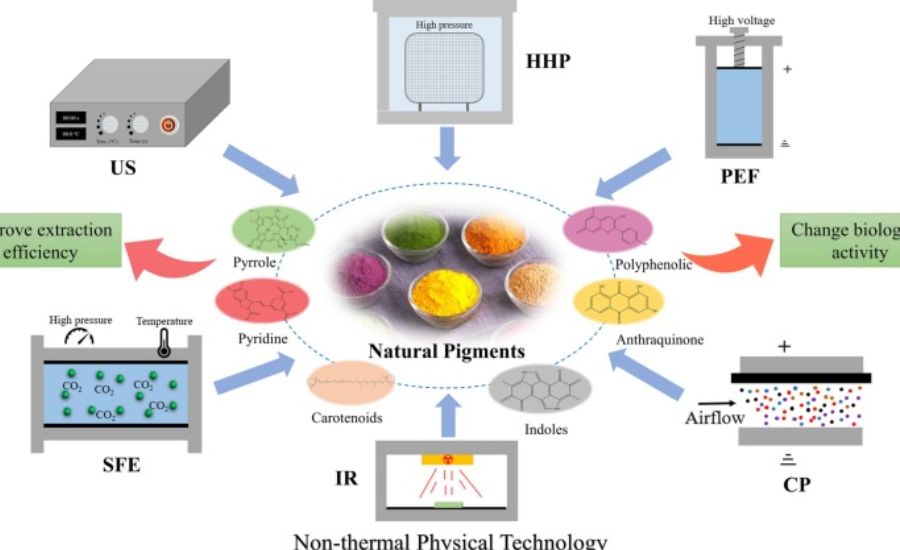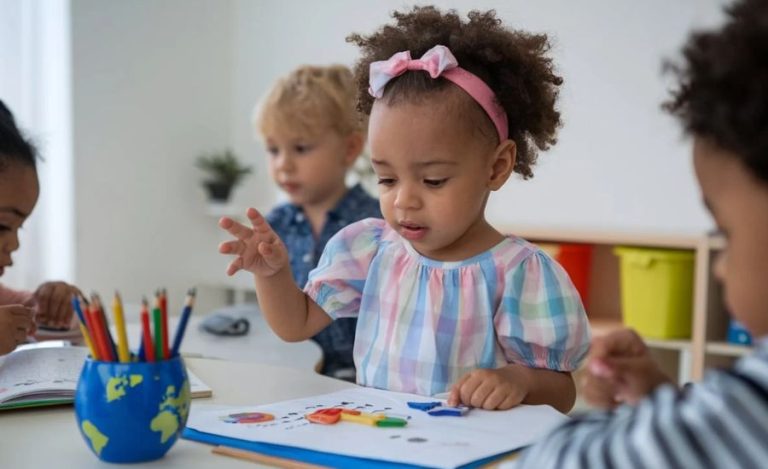Https://www.sciencedirect.com/Science/Article/Abs/Pii/S2352492823006505 & More
Introduction to Https://www.sciencedirect.com/Science/Article/Abs/Pii/S2352492823006505
The Growing Trend of Sustainable Packaging: Impact on Businesses and Society
The rise of sustainability in the packaging industry has been catalyzed by a combination of consumer demands, environmental concerns, and evolving regulations. Today, businesses are increasingly prioritizing eco-friendly packaging to meet the growing expectations of environmentally conscious consumers while also reducing their ecological footprint. This transformation is not only reshaping the packaging sector but also presenting new opportunities and challenges for businesses, consumers, and society at large. This article explores the evolving sustainable packaging ecosystem, its environmental and economic implications, and the social dimensions shaping this trend.
Understanding the Sustainable Packaging Ecosystem

Sustainable packaging refers to the use of materials and production methods that reduce negative environmental impacts, while also promoting resource efficiency and circularity. The sustainable packaging ecosystem is made up of various interconnected stakeholders, including raw material suppliers, packaging manufacturers, retailers, and waste management companies, all of whom play crucial roles in advancing eco-friendly practices.
- Raw Material Suppliers: These players are pivotal in creating sustainable packaging solutions by focusing on renewable and biodegradable materials. Innovations in plant-based polymers, agricultural waste products, and bioplastics are helping to reduce reliance on traditional plastics and their associated environmental impacts. As consumer awareness of sustainability increases, demand for eco-friendly materials is on the rise, making these innovations essential to the industry’s future.
- Packaging Manufacturers: These businesses are responsible for turning sustainable materials into practical, functional packaging. Their efforts include innovations like lightweight packaging, optimized sizes to reduce waste, and using recycled content in new products. Packaging manufacturers also focus on minimizing environmental impact through smart design, such as reducing material usage without compromising product safety and integrity.
- Retailers and Brands: Increasingly, businesses are recognizing that sustainable packaging plays a key role in shaping consumer preferences and brand perceptions. Studies show that consumers are more likely to choose products with recyclable or eco-friendly packaging. Major brands are making bold commitments to reduce single-use plastic and adopt sustainable alternatives. For example, Pringles introduced a new, recyclable tube design that helps to maintain freshness while being more environmentally responsible.
- Waste Management and Recycling: Effective recycling is central to the success of sustainable packaging. However, the current recycling infrastructure faces challenges, with a significant percentage of packaging waste still ending up in landfills. Extended Producer Responsibility (EPR) programs are being adopted to hold companies accountable for the entire lifecycle of their products, encouraging better recycling rates and the promotion of a circular economy.
Environmental Trade-offs in Sustainable Packaging
While the shift to sustainable packaging offers numerous benefits, it also involves trade-offs. Understanding the environmental impact of packaging materials across their life cycle is critical for businesses looking to make informed decisions.
- Carbon Footprint Considerations: The carbon footprint of packaging materials varies widely. For example, while aluminum and glass are often seen as more sustainable due to their recyclability, their production processes are carbon-intensive, leading to a larger carbon footprint compared to PET plastic bottles. The production of bioplastics, although less energy-demanding than conventional plastics, still has its environmental costs, such as water and energy usage, and concerns related to agricultural emissions.
- Water Usage and Pollution: The production of packaging materials often involves high water consumption and can contribute to air and water pollution. For example, the paper industry uses vast amounts of water in pulp processing, and the production of plastic bottles requires significant water resources. Furthermore, the production of materials like glass and aluminum can result in harmful emissions that affect air quality and contribute to acid rain.
- Biodiversity Concerns: The sustainable packaging movement also intersects with concerns about biodiversity. Large-scale farming for bio-based materials, such as sugarcane or bamboo, can lead to habitat destruction, which poses a threat to wildlife. Unsustainable forestry practices for paper production, particularly clear-cutting, also contribute to deforestation and biodiversity loss, which are major environmental issues.
Economic Considerations of Sustainable Packaging

Transitioning to sustainable packaging presents both challenges and opportunities for businesses.
- Cost Implications: While the initial investment in sustainable packaging may be higher, businesses can often offset these costs over time. Many companies have adopted strategies to reduce packaging waste and improve efficiency, such as bulk ordering or optimizing packaging sizes. For instance, Ikea’s reconfiguration of packaging resulted in a savings of €1.2 million annually. Furthermore, as consumer demand for sustainable products rises, businesses can tap into a growing market of eco-conscious shoppers.
- Consumer Willingness to Pay: Studies show that a significant portion of consumers are willing to pay more for products with sustainable packaging. Approximately half of consumers are willing to pay a 1–3% premium for environmentally friendly packaging, while a smaller group is willing to pay even higher premiums. This demonstrates that the demand for sustainable products is not only growing but also driving businesses to adapt their packaging practices to align with consumer expectations.
- Market Opportunities and Competitive Advantage: The shift to sustainable packaging provides businesses with a competitive edge. Companies that adopt eco-friendly practices can differentiate themselves in the marketplace, increasing customer loyalty and gaining a market advantage. Additionally, the growing demand for recyclable solutions presents new opportunities for innovation within the packaging industry.
Social Dimensions of Sustainable Packaging
The rise of sustainable packaging is deeply rooted in shifting societal values and consumer behaviors.
- Consumer Awareness and Education: As consumers become more aware of the environmental impact of packaging waste, their purchasing decisions are increasingly influenced by sustainability factors. Education is crucial in helping consumers make informed choices, such as recognizing recycling symbols and choosing products with minimal or eco-friendly packaging. This change in consumer behavior has prompted businesses to adopt more sustainable practices, creating a ripple effect throughout the packaging supply chain.
- Corporate Social Responsibility (CSR): CSR plays a significant role in the sustainable packaging movement. Companies that prioritize sustainability and demonstrate ethical sourcing, fair labor practices, and environmental stewardship tend to build stronger relationships with socially conscious consumers. Brands like Patagonia and Lush have effectively used sustainable packaging as part of their broader CSR efforts, attracting a loyal customer base that values sustainability and corporate responsibility.
- Behavioral Change Strategies: Encouraging consumers to make sustainable choices requires a multi-faceted approach, including educational campaigns, clearer labeling, and incentivizing eco-friendly behavior. Collaboration with advocacy groups, influencers, and social media platforms can help raise awareness and promote sustainable packaging practices.
Conclusion: The Future of Sustainable Packaging

The transition to sustainable packaging is an ongoing process that involves careful consideration of environmental, economic, and social factors. As businesses face the challenge of reducing their ecological impact while meeting consumer demand, sustainable packaging has become a cornerstone of brand success and corporate responsibility. By embracing innovation, collaborating across the value chain, and committing to long-term sustainability goals, businesses can not only reduce their environmental footprint but also gain a competitive edge in the market.
Ultimately, the shift toward sustainable packaging is not just a trend—it is a vital component of a more sustainable and responsible future.
FAQs:
1. What is sustainable packaging? Sustainable packaging refers to the use of materials and production methods that minimize negative environmental impacts. It focuses on resource efficiency, biodegradability, and circularity, meaning packaging that can be reused, recycled, or composted.
2. Why is sustainable packaging important? Sustainable packaging is crucial because it helps reduce waste, pollution, and resource depletion. With growing environmental concerns, especially regarding plastic waste, it offers a solution to create packaging that’s less harmful to the planet.
3. What are the benefits of sustainable packaging for businesses? Businesses benefit from sustainable packaging by appealing to eco-conscious consumers, enhancing their brand image, reducing costs through waste reduction, and complying with environmental regulations. It also opens up new market opportunities as demand for eco-friendly products rises.
4. How does sustainable packaging affect consumer behavior? Consumers are becoming more aware of environmental issues, and many prefer purchasing products with eco-friendly packaging. Studies show that a significant percentage of consumers are willing to pay a premium for products with sustainable packaging.
5. What challenges exist in adopting sustainable packaging? Challenges include higher upfront costs, limited availability of sustainable materials, the complexity of redesigning packaging, and inconsistent recycling infrastructure. Companies also need to balance sustainability goals with product protection and shelf appeal.
6. How do businesses overcome the economic challenges of sustainable packaging? Many businesses reduce costs by optimizing packaging sizes, bulk ordering, and minimizing waste. Over time, these strategies can lead to savings, as seen with companies like IKEA, which saved millions by improving packaging efficiency.
7. Can sustainable packaging really reduce environmental impacts? While sustainable packaging can reduce the carbon footprint, water usage, and waste, there are still environmental trade-offs. Some materials, like aluminum or bioplastics, still have significant environmental costs, such as high energy consumption and agricultural emissions.
8. How can consumers contribute to sustainable packaging efforts? Consumers can contribute by choosing products with eco-friendly packaging, recycling properly, supporting brands with transparent sustainability practices, and being mindful of packaging waste.
Key Facts:
- Material Innovation: Sustainable packaging often involves using renewable, biodegradable, or recyclable materials, such as plant-based polymers or bioplastics, to reduce dependency on traditional plastics.
- Recycling Challenges: Only about 32% of waste in the U.S. is recycled, which makes effective recycling and waste management crucial to the success of sustainable packaging initiatives.
- Consumer Demand: Around 50% of consumers are willing to pay 1-3% more for products with eco-friendly packaging. This trend is pushing businesses to prioritize sustainability in their packaging strategies.
- Corporate Social Responsibility (CSR): Companies that integrate sustainable packaging into their CSR efforts build stronger connections with environmentally conscious consumers. Brands like Patagonia and Lush are examples of companies that have successfully aligned their sustainability practices with their business models.
- Carbon Footprint Variance: While materials like aluminum and glass are often seen as environmentally friendly due to their recyclability, their production processes tend to have a higher carbon footprint compared to materials like PET plastic, which have a less carbon-intensive production process.
- Water Usage: The production of packaging materials, such as paper, glass, and plastic, consumes significant amounts of water. For example, the paper industry uses large quantities of water in pulp processing, contributing to water scarcity issues in some areas.
- Biodiversity Concerns: Large-scale farming of bio-based materials like sugarcane and bamboo can lead to habitat destruction, posing risks to biodiversity. Additionally, unsustainable forestry practices, such as clear-cutting, contribute to deforestation.
- Market Growth: The demand for sustainable packaging is growing rapidly, with searches for sustainable goods increasing by 71% globally over the past five years, highlighting the expanding market for eco-friendly products.
- Extended Producer Responsibility (EPR): Many companies are adopting EPR programs, where manufacturers are held accountable for the entire lifecycle of their products, including the packaging, to encourage better recycling practices and reduce packaging waste.
- Innovation in Packaging Design: Packaging manufacturers are exploring lightweight packaging, optimized sizes, and minimalistic designs to reduce material usage and environmental impact. Companies are also incorporating recycled content into their packaging to further minimize waste.
By integrating sustainable packaging, businesses can reduce their environmental footprint while tapping into a growing market of eco-conscious consumers. However, the success of these initiatives depends on collaboration across the packaging value chain and overcoming the challenges of material innovation, recycling infrastructure, and consumer awareness.
For more Information About Education visit francherway


